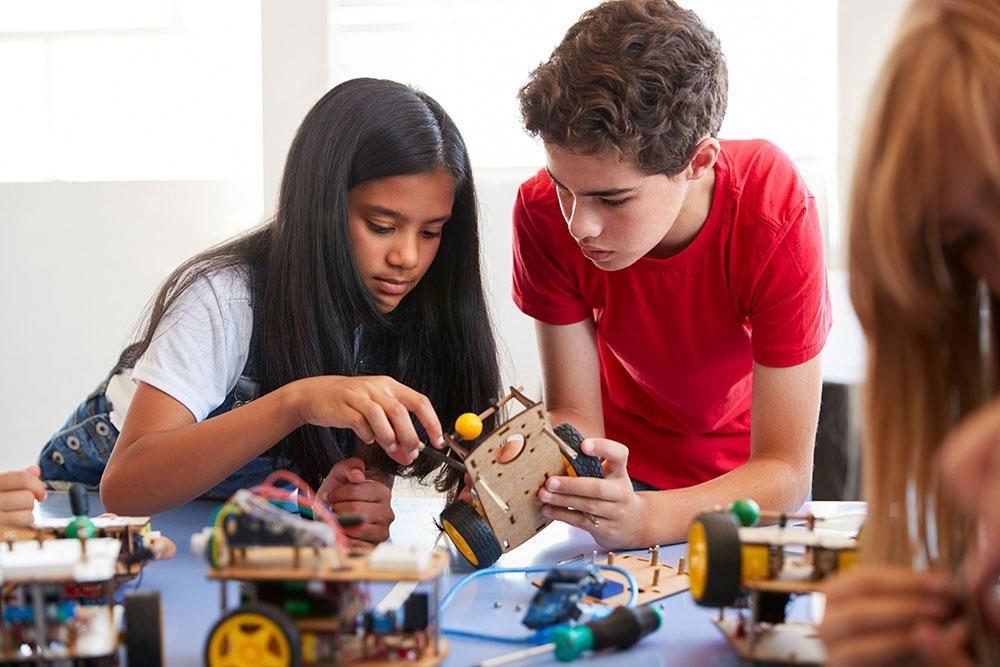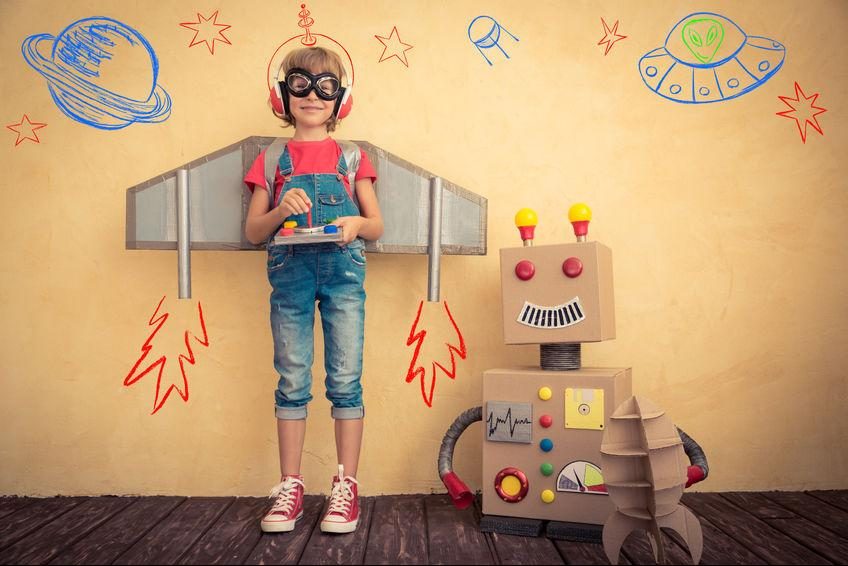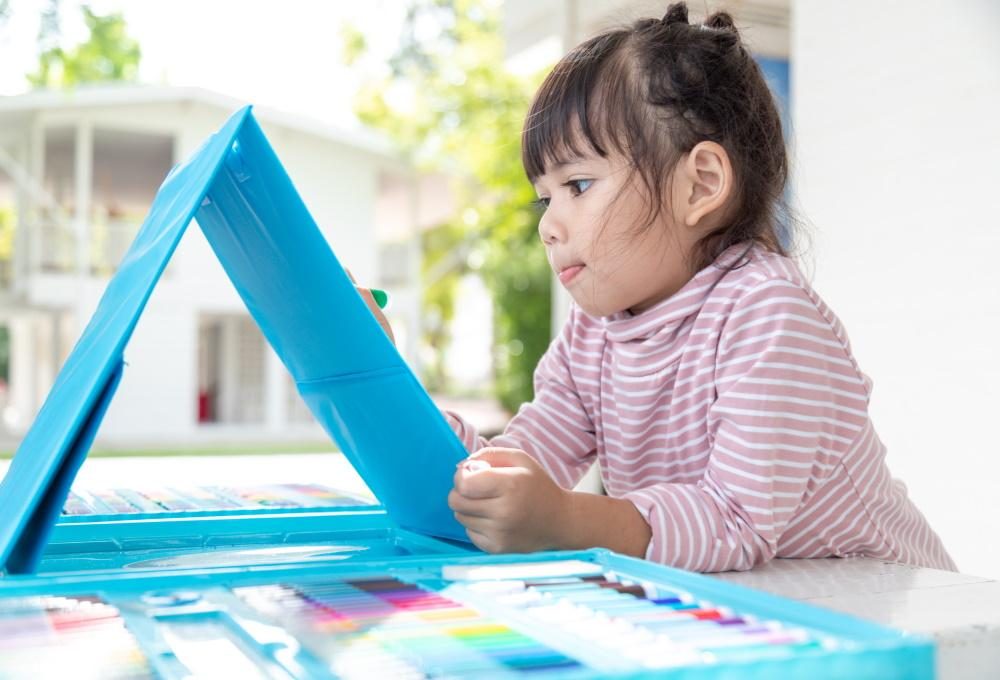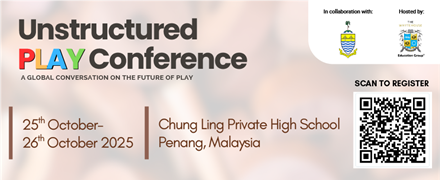
5 Ways to Kickstart Your Child’s Journey in Science
by on 12/02/2021 3515

Science is all around us – in our homes, the nature around us, and in our bodies.
Likewise, there are many reasons to build your child’s ‘science literacy’. More than just a subject in school, science has many positive impacts on a child’s development. For example, researchers that studied 120 elementary school students found that Science, Technology, Engineering and Math (STEM) education builds their critical thinking skills. Additionally, a content analysis published in 2020 also concluded that STEM learning can better equip students with the skills needed to cope with the challenges that industry 4.0 brings, while encouraging more innovation.
Findings from 3M’s 2021 global science perception survey, the 3M State of Science Index found that COVID-19 has also put STEM in focus. Nearly all of Asia Pacific respondents, or 91%, agree that the world needs more people pursuing STEM related careers.
Luckily, 73% agree young people are more engaged in science and science-related issues than ever before.

Want to spark an interest in science for your child too? Here are five easy and fun ways you can do so!
-
Explore your child’s questions and seek answers together. There is no better time for learning than when the questions come. And when they do, take the time to explain concepts. If you are unsure of the answers, turn this into another learning opportunity. Search for answers together with your child. Head to the library or read articles online.
In this age of the internet, where information is freely available, it is also important to be discerning. Always refer to credible sources and make use of online fact-checkers such as Google’s Fact Check Tools and FactCheck.org to ensure that you’re not reading fake news.
In turn, parents can also ask questions to encourage their children’s learning and exploration. A 2019 study of 4-6 year old’s playing in an exhibit that involved gears found that the types of questions asked by parents also affect their children’s behaviors. Parents who encouraged their children to explain the mechanism led to greater discussion of gear mechanisms. Meanwhile, encouragement to explore led to more time connecting gears.
Instead of shying away when your child asks questions, take this opportunity to explore science together and teach them the important lessons of research and discovery!
-
Spend time in nature. What better way to discover the “how and why” of the world than observing it in the wild?
As a kid, Mr. GT Lim, Country Leader of 3M Malaysia lived a simple life close to nature. Drawing water from a well, using oil lamps for light, and gathering firewood for cooking spurred his interest and appreciation for science. Your child doesn’t have to be a go back to basics to enjoy nature. Take your children on outings to nature reserves or go camping to experience the wonders of Mother Earth.
Teach your kid how friction works by playing a game of tug-of-war, or let them build their own light-up board game using paper circuits. If you prefer online science games, Code – a non-profit dedicated to expanding access to computer science – introduces computer science to your kid in a fun and digestible way, such as having lessons centered around Angry Birds and Minecraft.
-
DIY toys. While technology is a great tool for learning science, we can all do with a break from the screen. Encourage your children to make their own toys using what they have around them.
“I used to make kites using bamboo and paper sheets,” Mr. Ewe recalls. “While it seems like just another toy we made, it was a fun way to gain some understanding of aerodynamics, the science of flight.”
Growing up, 3Mer Mr. Ewe Kok Chye’s playtime was mainly outdoors with friends and inspired by what they saw on TV. The Application Engineer in 3M’s Electronic Markets Solutions Division based in Malaysia said: “Often our imagination got the better of us and our “toys” were make-believe, and this was how my passion for science and math was ignited.”
According to a Gallup poll of over 1,036 teachers, 2,673 parents and 853 students, promoting creativity in education is key. Encouraging creativity during learning enhances students’ problem solving and critical thinking skills. Besides being able to retain more content, students could also make better connections between different subjects, had a deeper understanding of subjects, and overall better test performances.
-
Visit science museums and exhibitions virtually or physically. Bring your children on science outings during the weekends or the school holidays. It’s a perfect adventure for learning and spending good quality time with family. There are also many museums and science organizations that are offering alternative exhibits, tours, or workshops online that you and your child can join from the safety and comfort of home too.
Catch the Science Show to see the wonders of science come to live or better yet, take part in the Panca Sains activities for some hands-on learning when you visit Petrosains with your child.
If your child is an auditory learner, inspire them through the Generation Future-Ready podcast series. If they are reading learners, widen their horizon with an array of fun facts and DIY activities that they can read about on the Wonderblog. If your child is a kinesthetic learner, the downloadable worksheets and educational online games are sure to keep them occupied for hours. If they are constantly glued to the tablet or television, you may want to tap into their auditory-visual learning mind by introducing them science videos found on the YouTube channel too. On the Learning Bytes segment of the Petrosains website, there is surely something for every child.
-
Engage in hands-on activities. Take advantage of your children’s never-ending curiosity and encourage them to get their hands dirty.
Need more resources? Try out various simple, at-home experiments on 3M’s Science At Home website. Discover how you can use common household items to reinforce core scientific principles that are both fun and educational – Try building a paper rocket, or learn how you can create amazing fireworks effects!
Encouraging your child to learn and love science can be simple, fun, and an extremely rewarding journey. With these five handy tips, we hope that you will be inspired to help hone that little scientist within them.

























